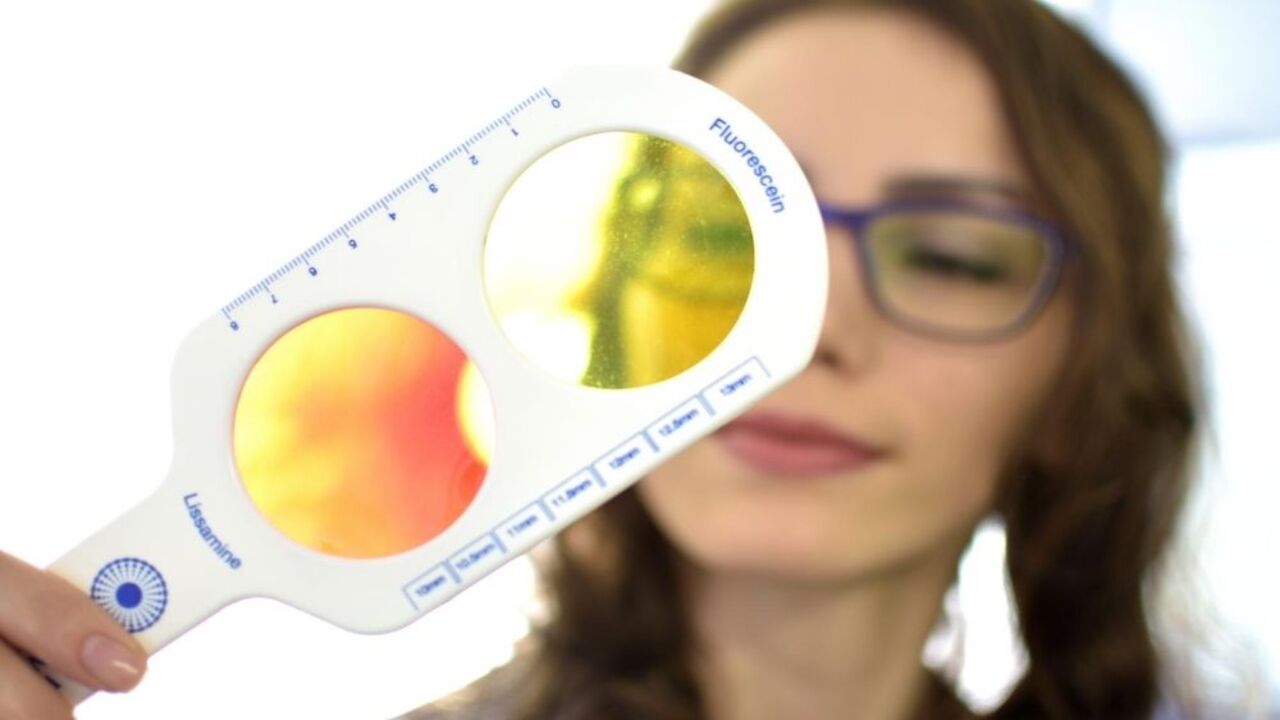Does Color Blindness affect Your Vision?
What does it mean?
Well, it means - is color blindness impeding your eye’s efficiency to let you see color the way it ideally should?
Our eyes see differences in the light that comes in. It’s a bit similar the way we hear sounds as being low or high. This called as the pitch, corresponds to the frequency of the sound, or how many times it vibrates in a given time period.
Let us try to understand by building up an analogy. The keys on the left-hand side of a piano keyboard make low-frequency sounds. And the frequency increases as we move to the right-hand side. Well! There is a similar order to the colors that we see.
When we see the colors of any rainbow, they always appear in the same order: red, orange, yellow, green, blue, indigo, and violet. The different colors in each part of the rainbow correspond to a different wavelength of light, reddish colors bearing a longer wavelength, whereas leaving the bluish colors with the shorter one. Just as there are many notes on the piano, many wavelengths of light match up with the different colors.
How Does Your Eye See Colors?
Our eye functions like a camera. The front part has a lens. The job of the lens is to focus images on the inside of the back of your eye, the area is called the retina. Retina is covered with special nerve cells that contain pigments that react to light:
- Cones command our color vision. There are several kinds of pigments present in the three types of cone cells. Some react to short-wavelength light, leaving the others to react to medium wavelengths, and others to react with higher wavelengths of light.
- Rods have only one kind of pigment. Thus, it reacts the same way to any wavelength of light. They don’t have anything to contribute to color vision. But yet, they remain very sensitive to light and allow us to experience our nocturnal vision.
What Is Color Blindness?
When the cones have all the various pigments – known as photopigments – we are able to see all possible colors. If there is any problem associated with the pigments, we will not be able to see colors the way we should. This is known as color deficiency or color blindness.
We might only have trouble with seeing certain colors, if just one pigment is missing.
The condition when we do not have any pigment in our cones, known as achromatopsia, we will not be able see any color at all.
What Causes Color Blindness?
Generally, genes inherited from our parents cause faulty photopigments -- molecules that detect color in the cone-shaped cells, or “cones,” in our retina.
But sometimes color blindness is not because of our genes, but rather on account of:
- Physical or chemical damage to the eye
- Damage to the optic nerve
- Damage to parts of the brain that process color information
- Cataract -- a clouding of the eye’s lens
- Age
Does Color Blindness Cause Other Health Problems?
The kind of color blindness that is present at birth doesn't. Most people who are colorblind are able to lead normal and complete lives. The condition might keep one away from a job – such as a pilot -- that demands for a certain level of color vision.
If you feel that you have a problem with color vision, consult with your eye doctor right away. He can tell you if you’re seeing colors properly and guide you with what to do - if you aren't!





